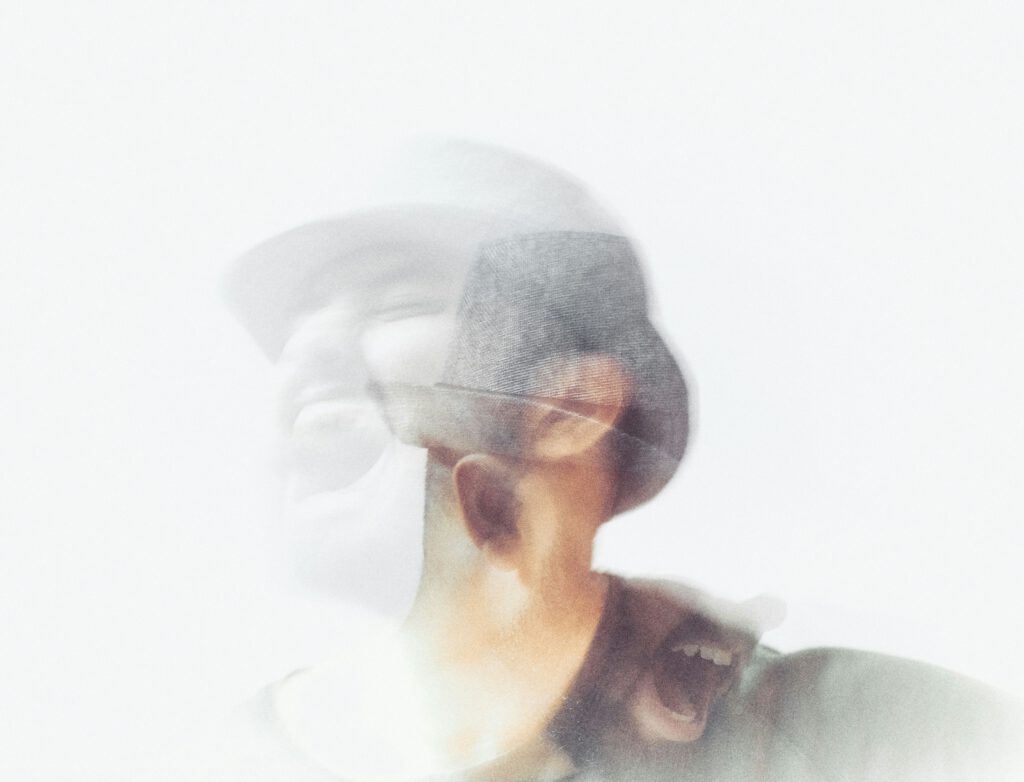

February 15, 2025
Social manifestations of hatred have always been present throughout human history. However, with the advent of the internet and the rise of social networks, what used to be confined to conversations at home or at the bar with friends has now been given the freedom to reach a broader audience. After all, there is an incentive to interact, comment, and opine. The quality of your viewpoint matters little; what matters is that you speak out. But the manifestations of haters—a term popularly used to describe people who express disdain or hatred toward someone on online platforms—are a current phenomenon that highlights the lower nature of human action. This is the world we live in, and these are the challenges we need to learn to live with without being sucked into the gravitational pull of hatred.
Since ancient times, this pleasure in hating and punishing publicly has been present in society. Crucifixions, hangings, and public executions by burning attracted large crowds who often applauded that punishment. This was a socially accepted and encouraged form of entertainment, marked by cruelty, which, in a way, is also reflected in the pleasure haters take in expressing their anger and belittling their target. The pursuit of pleasure in negative activities is linked to the release of dopamine in the brain, providing a temporary feeling of well-being. In these cases, criticizing or belittling others can give people a sense of superiority and power, which further fuels this behavior, indicating a clear deviation of character.
But where there is hatred, there is usually underlying pain. Where there is a need to appear superior, there is an inferiority complex. The internet has not made humans worse, but it has helped unleash the matrix of anger even more, due to the anonymity and distance provided by digital platforms. People can express their hatred without facing direct consequences. The ease of spreading these messages causes hate speech to propagate quickly, creating a herd mentality, uniting people around a common enemy. Of course, anger does not always manifest directly but uses different socially accepted masks to spill its venom: the avenger, the rebel, the moral defender, the activist, and many others.
These masks and all the violence propagated by haters are trying to hide what is evident: envy and jealousy (the feeling of inferiority that leads people to belittle others to feel better about themselves); a desperate need for attention and recognition; frustration (people dissatisfied with their lives project their frustrations onto others); and the need for belonging (being part of a group that dislikes something provides a false sense of community).
For you, a seeker of truth, understanding the phenomenon is the first step to protecting your mind and heart from this mire. The second step is presence. These people are in hell, and no one wants to be in hell alone, so they will seek your presence, either to join the unconscious herd in hating their target or to violently defend the one being attacked. Remember, there is no greater dharma than Ahimsa, which is non-violence. Therefore, taking sides in this war to attack or defend tends to lead you to a lower state of consciousness. Of course, depending on the situation, you may need to act, as sometimes the situation requires you to take some action. If this is the case, remember to fight without hatred, and this requires training. The true act of courage is not resorting to violence, as it is born of hatred. Cultivating firmness in love and compassion is the true courage of our times. Let us celebrate the pleasure in loving!